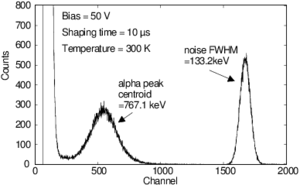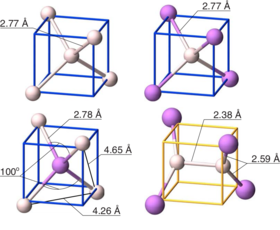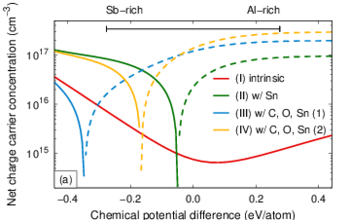Charge carrier scattering by defects in semiconductors
V. Lordi,
P. Erhart,
and
D. Åberg
Physical Review B 81, 235204
(2010)
doi: 10.1103/PhysRevB.81.235204
Download PDF
A first-principles framework for calculating the rates of charge carrier scattering by defects in semiconductors is presented. First a quantitative formalism is outlined, followed by the development of an approximate relative formalism that allows rapid assessment of the effects of different defects on carrier transport in given materials. Representative results are presented that demonstrate the applicability of the relative formalism, which achieves a three to four orders of magnitude reduction in computational cost compared to the full quantitative calculation. The differences between the two formalisms are discussed in light of average carrier scattering by a defect, differences between electron and hole scattering, and variations of the scattering matrix elements throughout the Brillouin zone. Results and analysis are presented within the Born approximation for carrier scattering, which is applicable in the absence of strong interactions between scattering centers (i.e., the dilute limit). The theory as presented can be extended to interacting defects without modification if they can be represented as a set of unit defect clusters/complexes without long-range correlated interactions between them.



